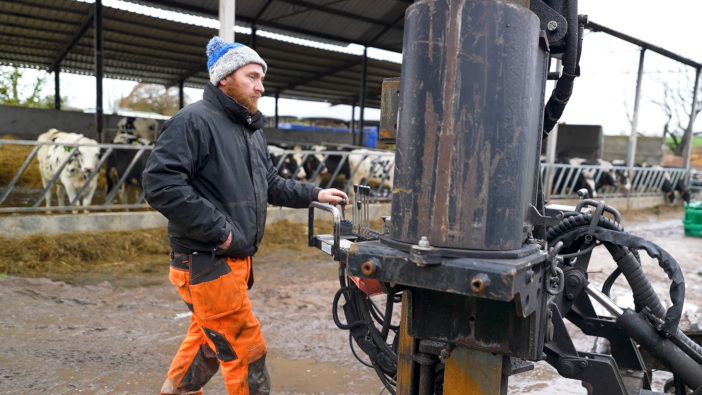Linewatch, the leading pipeline safety and awareness group, issues warning after its Infringement Report showed that landowners caused 40% of incidents leading to damage to pipelines in the UK last year.
There were 316 incidents of workers digging too close to high-pressure oil, gas and chemical pipelines in 2022. In addition, to those caused by landowners, 35% of infringements were caused by contractors, an increase of 12% on 2021.
A fencing contractor went viral in 2022 when his post-knocker hit an underground pipeline on a farm in Derbyshire. Elliott escaped without injury on this occasion but was lucky. He said: “It is a tough incident to talk about. For a few seconds, I simply thought that my time was up, and I was more than incredibly lucky to walk away with not so much as a scratch on me. After I recovered from the initial shock, my only thought was, ‘I don’t want anyone else going through this’.
“I want to make sure that anyone out there thinking of putting a hole in the ground, no matter if it is knocking in a fencing post, planting a tree, or taking on a major construction project, then they should always search before they start work.”
Almost half of the infringements occurred despite the worker being aware of the pipeline’s existence, according to the Linewatch report. This highlights the casual attitudes and behaviours some hold around the dangers of working near pipelines.
Murray Peat, Manager at Linewatch, said: “There is an assumption that high-pressure pipelines carrying flammable oil, gas, and chemicals are buried too deep underground to hit. This is far from the truth. In fact, they can be buried only as little as three feet below the surface. Given that hitting one of these pipes can cause serious injuries, and fatalities, as well as irreversible environmental damage with commensurate fines, it is clear why searching before digging is so important.”

Of those recorded, fencing was the most common activity causing issues, making up 25% of all reports. This was followed by excavation for service (14%), which refers to any work undertaken to install new services including telecoms, gas, and water supply.
Severity measures deemed nine of the incidents to be ‘high’ category. This refers to works that had the potential to cause serious damage. This is a decrease on the previous year.
‘Low’ risk incidents increased by 44 percent in 2022, the most of any category. Low risk refers to works within an easement or wayleave that had no potential for damage. Whilst this sounds like a minimal risk, it is still a concern because the infringements could have been much worse had they been in closer proximity to the pipeline.
When it comes to the timings of these infringements, the first and third quarters recorded peak activity, which correlates with increased seasonal work such as fencing and excavation.
Mr Peat concluded: “Land maintenance is critical to the future of the UK’s 8.9 million hectares of agricultural land. However, this maintenance is consistently the biggest risk to pipeline integrity, and workers’ health and safety. The data in our Infringement Report 2022 should act as a warning for landowners to take greater care when planning their next job and to ensure they always search before they dig.”

